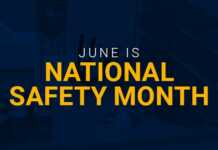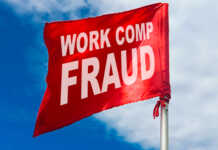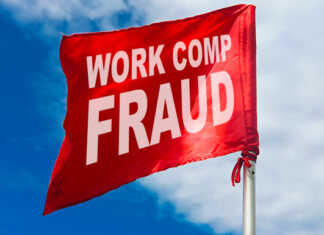Video surveillance cameras in the workplace shield employers and workers alike. Many organizations, particularly those with cash or inventory, such as retail and financial institutions, have video surveillance. Businesses install surveillance systems for several reasons, including to stop theft, damage, and harassment. Surveillance systems can also prove beneficial in deterring and combating fraudulent workers’ compensation and general liability insurance claims.
Implementing video surveillance in the workplace can be a challenge for employers who want to monitor their operations while maintaining employee privacy and a stress-free work environment. Here are some best practices to follow for using workplace video surveillance systems.
- Consult with your Human Resources and Legal business partners. Ensure that whatever system you use conforms to the spirit and letter of your local laws and privacy regulations.
- Establish clear policies regarding camera usage, purpose, location, and internal accessibility.
- Create record retention guidelines that govern how long footage will be retained and under what circumstances it will be deleted.
- Generate a recurring schedule to examine the system and the footage it produces to validate that it remains in working order.
- Protect the video data through encryption or access controls to prevent unauthorized viewing, sharing, or distribution. Prepare a pathway to effectively and securely transfer the footage to appropriate third parties (law enforcement, ICW Group, or another insurance carrier).
- Clearly communicate the presence and purpose of the system with your employees. Highlight the benefits and protections the employees will receive through the system’s implementation.
- Do not delete “unfavorable” videos. Various rules may apply to business owners that discard surveillance that is not beneficial. Although preserving surveillance that demonstrates carelessness or adverse facts may seem unproductive, a claim for spoliation—the destruction of evidence—can lead to more issues than the initial claim.
- If an incident occurs, take proper steps to quarantine and protect the relevant footage.
- Be sure to let your insurance carrier and insurance fraud investigators know surveillance video is available.
While respecting privacy concerns, purposeful video monitoring is becoming more commonplace in the workplace. When appropriately developed and deployed, it adds a strong layer of protection to a business.

















